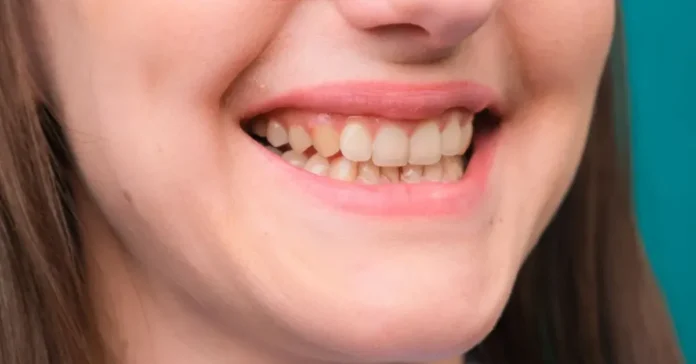Dental fluorosis is a condition that occurs when over-ingestion of fluoride during teeth’s formation and development leads to alterations in the structure and coloration of enamel. Fluoride is important for reducing tooth decay and building enamel but too much exposure to fluoride during formative years can cause fluorosis, which in turn can be light discoloration through severe hairline defects in the enamel. At Van Nuys dental, we put all the possible information about fluorosis together in this helpful blog post to help you know more deeply about its causes and symptoms.
Causes of Fluorosis
Fluorosis is caused by the ingestion of too much fluoride during critical tooth formation years — generally from birth to age 8. Various factors could lead to an excessive intake of fluoride.
- Fluoridated Water: High levels of naturally occurring fluoride in drinking water or water fluoridation can lead to fluorosis when consumed in excess
- Fluoride Supplements: Your child may need fluoride supplements if he/she is prescribed by your dentist or doctor to prevent cavities. Misuse of these supplements can result in a very high level of fluoride intake.
- Fluoride Toothpaste: Ingesting fluoride toothpaste can be another source of exposure, especially among children too young to follow directions for proper brushing.
- Other Fluoride Sources: In addition to dietary and drinking water sources, some foods and beverages (especially soft drinks) can be supplemented with fluoride by dental professionals without a patient’s health awareness.

Symptoms of Fluorosis
- Change in Tooth Enamel: Fluorosis can affect tooth appearance in several ways depending on its severity:
- Mild Fluorosis: In mild cases of fluorosis, white streaks on the enamel surface may barely appear or a few specks are observable.
- Severe Fluorosis: In rare cases, a severe phenomenon like fluorosis can lead to extensive enamel pitting, staining, and surface irregularities that compromise the tooth’s functionality and appeal.
Prevention of Fluorosis
To prevent fluorosis, fluoride intake should be balanced to enable the best dental outcome while protecting against too much exposure.
In conclusion, knowing what exactly causes fluorosis and what the signs and diabetic acid try as well are will help you to prevent this from happening to your teeth. So that your lifelong dental health is in perfect working order. Always talk to your dentist or primary care provider if you have questions and concerns about fluorosis, fluoride exposure, or what treatment approach may be the closest match for you!


